And why it?s a lot easier than it looks!
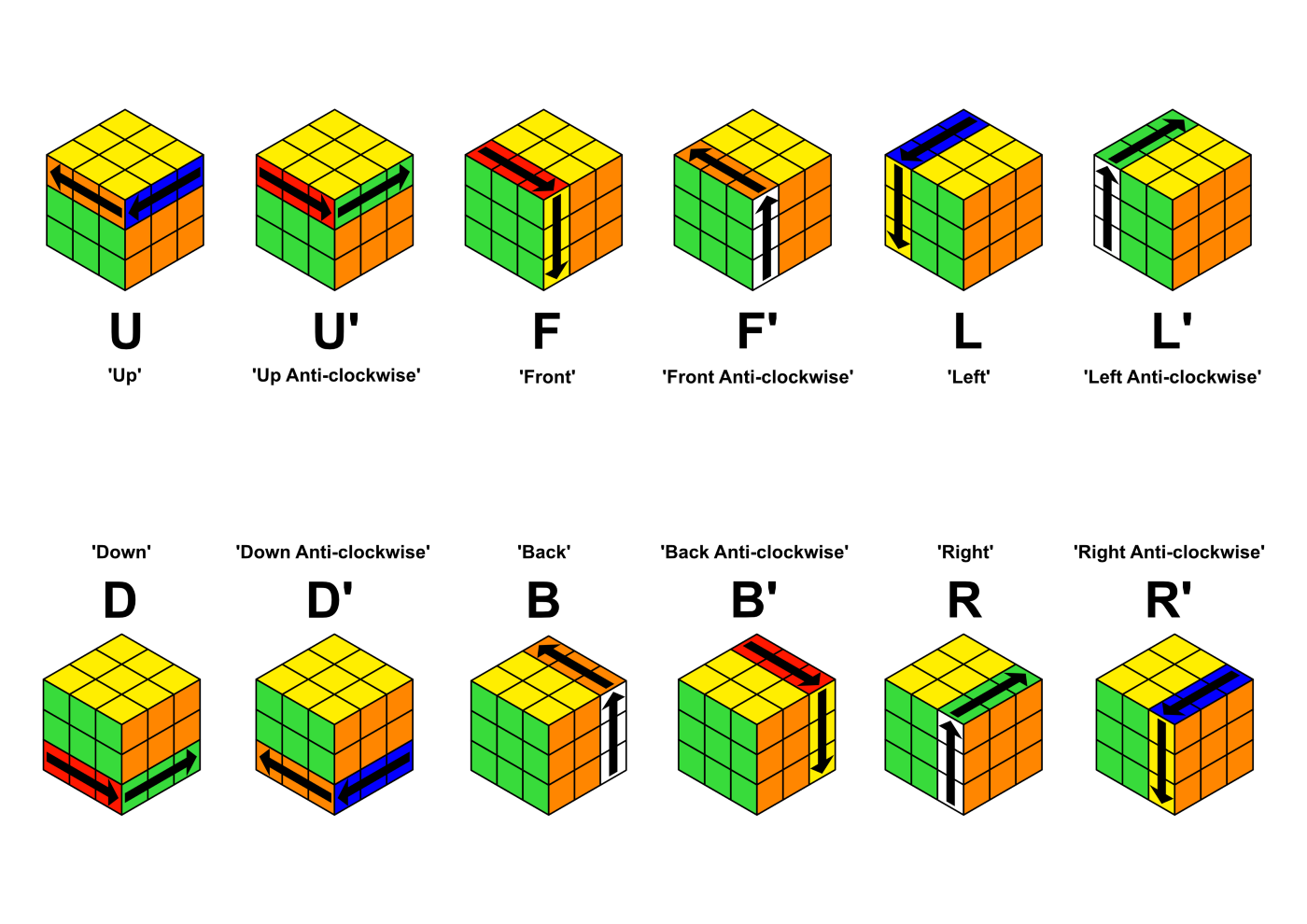
How do you solve the Rubik?s Cube?
The Rubik?s Cube has a massive 43 quintillion (43,000,000,000,000,000,000) possible scramble states, meaning the combination you have on your dusty Rubik?s Cube in the cupboard has likely never been seen by another cube owner in the 47 years of the puzzle?s existence ? assuming you scrambled it properly. The way you solve the cube is to solve stages, narrowing down the number of possible combinations until there are only a handful of possible scrambles left.
An example of this concept could be if you had a 1,000 piece jigsaw puzzle with the border already created, as well as a pile of scrambled pieces. The chances of you picking a piece up from the pile and having it fit perfectly with an already-solved puzzle piece is very low. However, the chances of a perfect fit will improve as you solve the jigsaw more. This continues until you get to the final piece, which has a 100% chance of fitting perfectly with another solved piece. The Rubik?s Cube follows the same concept.
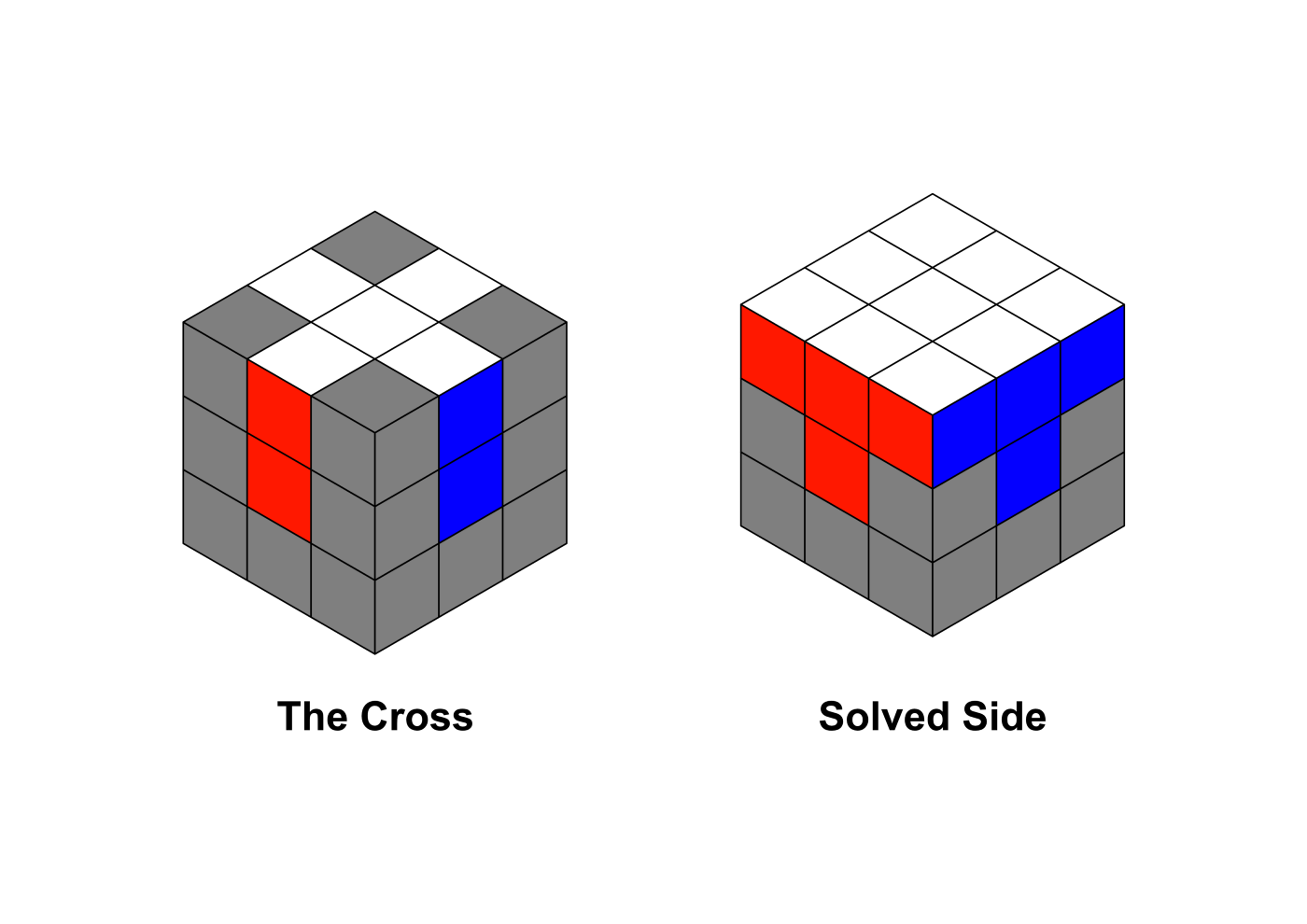
Once this has been completed, you then insert the corners in a way that will make the colours create a band around the top layer of the cube. This is where the majority of people that pick up a Rubik?s Cube for the first time make a mistake ? they put the corners in the wrong place, making it impossible to progress with the rest of the cube. This also happens to be the part where most people give up?
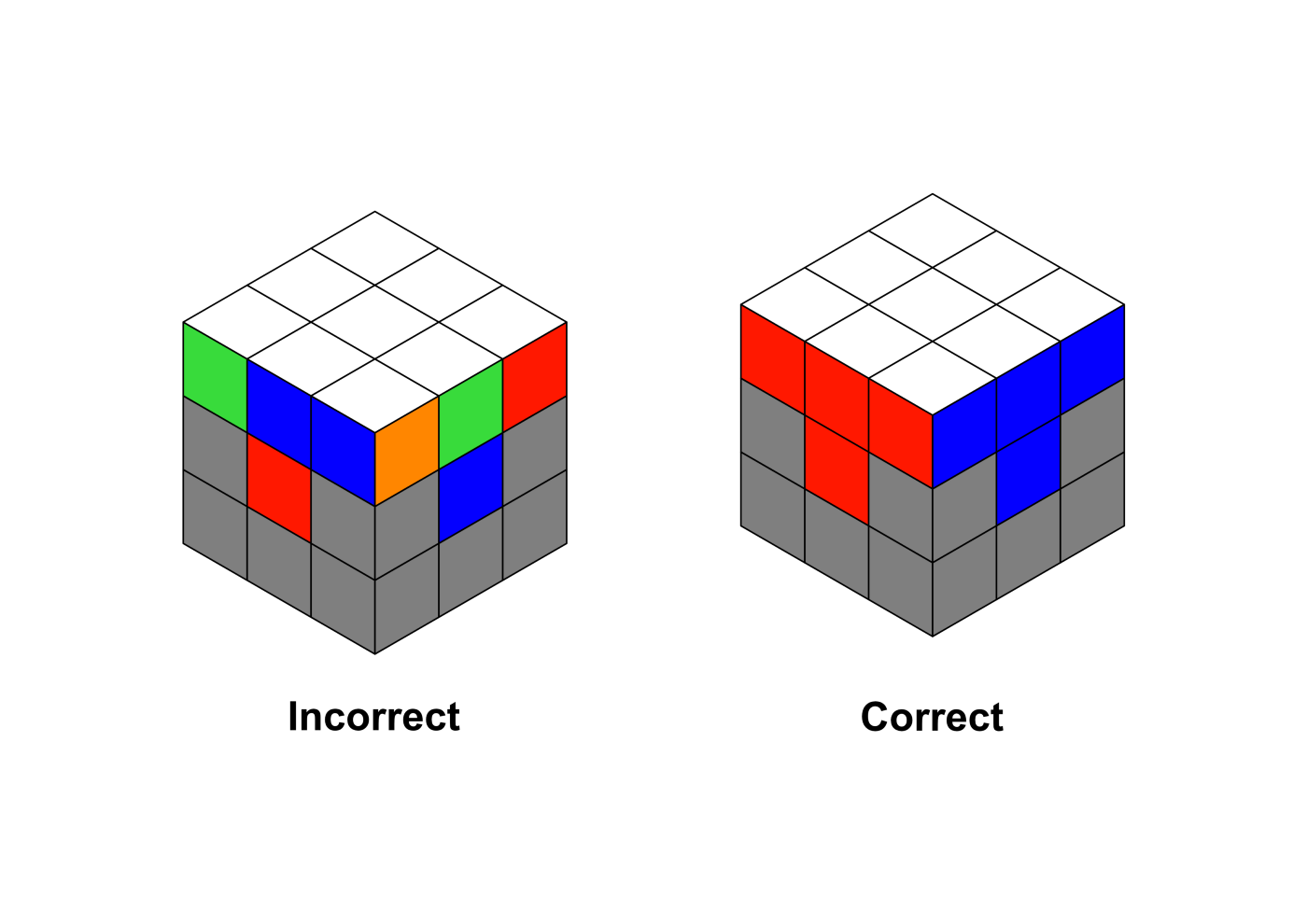
Step 2: Solving the middle layer
The next step of the Rubik?s Cube requires you to turn the puzzle upside down, putting the white face on the bottom and working from there. You then need to solve the middle layer by solving four of the remaining eight edge pieces; essentially completing two-thirds of the puzzle.
The beginner?s method requires two algorithms to complete this stage, but those that solve the cube in 30-seconds use a different method called ?F2L? ? which I?ll discuss later.
Once the middle layer has been solved, you will be left with the top face and the final layer until the cube is in a solved state.
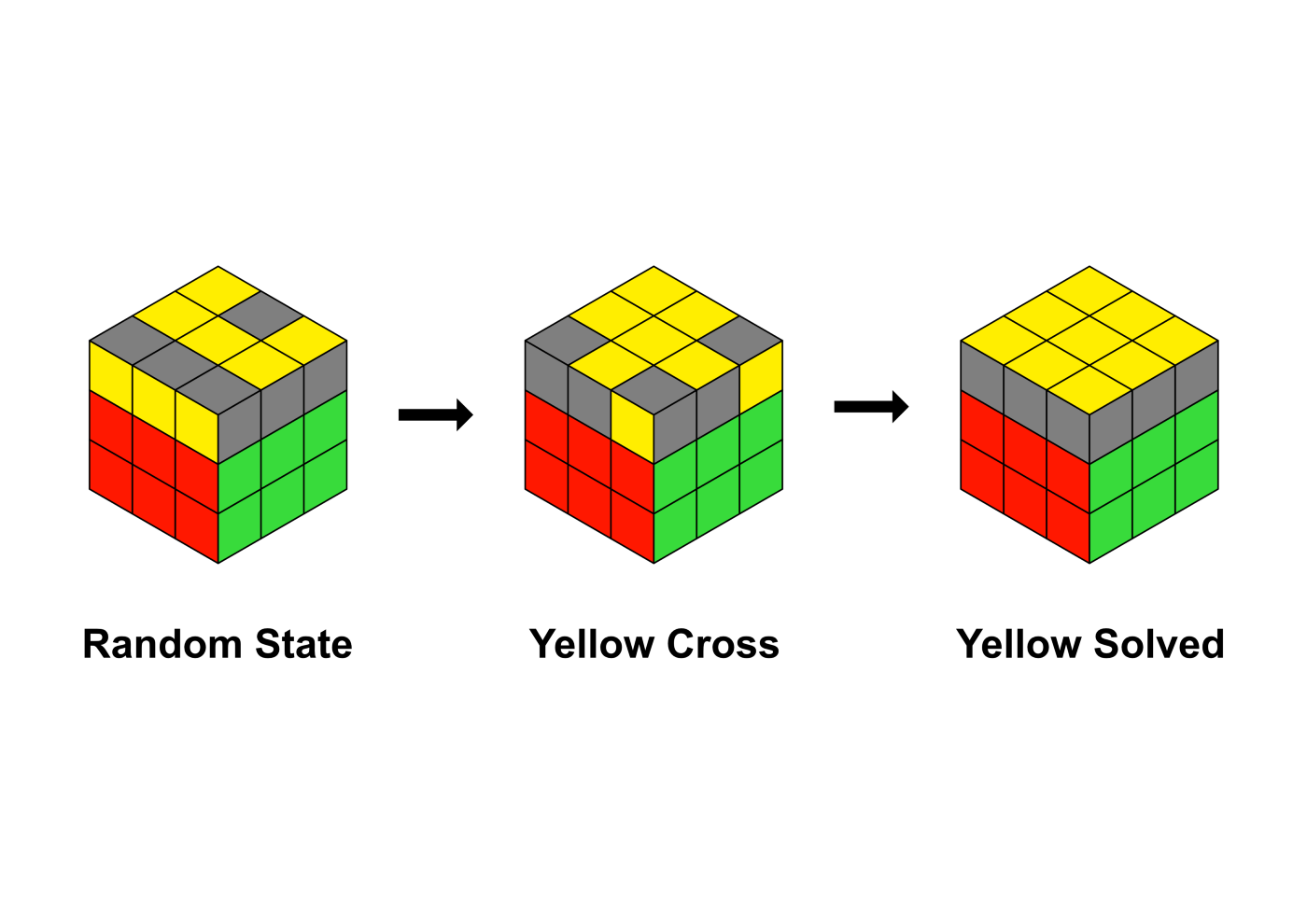
Step 4: Positioning the remaining pieces
The final step of the Rubik?s Cube is known as ?PLL?, or ?Permutate the Last Layer,? which is where you rearrange the positioning of the solved yellow pieces in order to solve the cube.
Much like with OLL in Step 3; there are multiple cases that you can be presented with at this part of the solve. There are a total of 21 cases, which means 21 algorithms that the professionals memorise. However, the beginner?s method requires only three or four algorithms to complete two-part process, just like with OLL.
The first part of Step 4 involves positioning the corners so they match their respective colour. This will then leave the edge pieces, which will need to be rotated around a cycle until the cube is solved. The algorithms for this stage are a little longer, and a bit more complicated; but will see the cube become fully solved at the end.
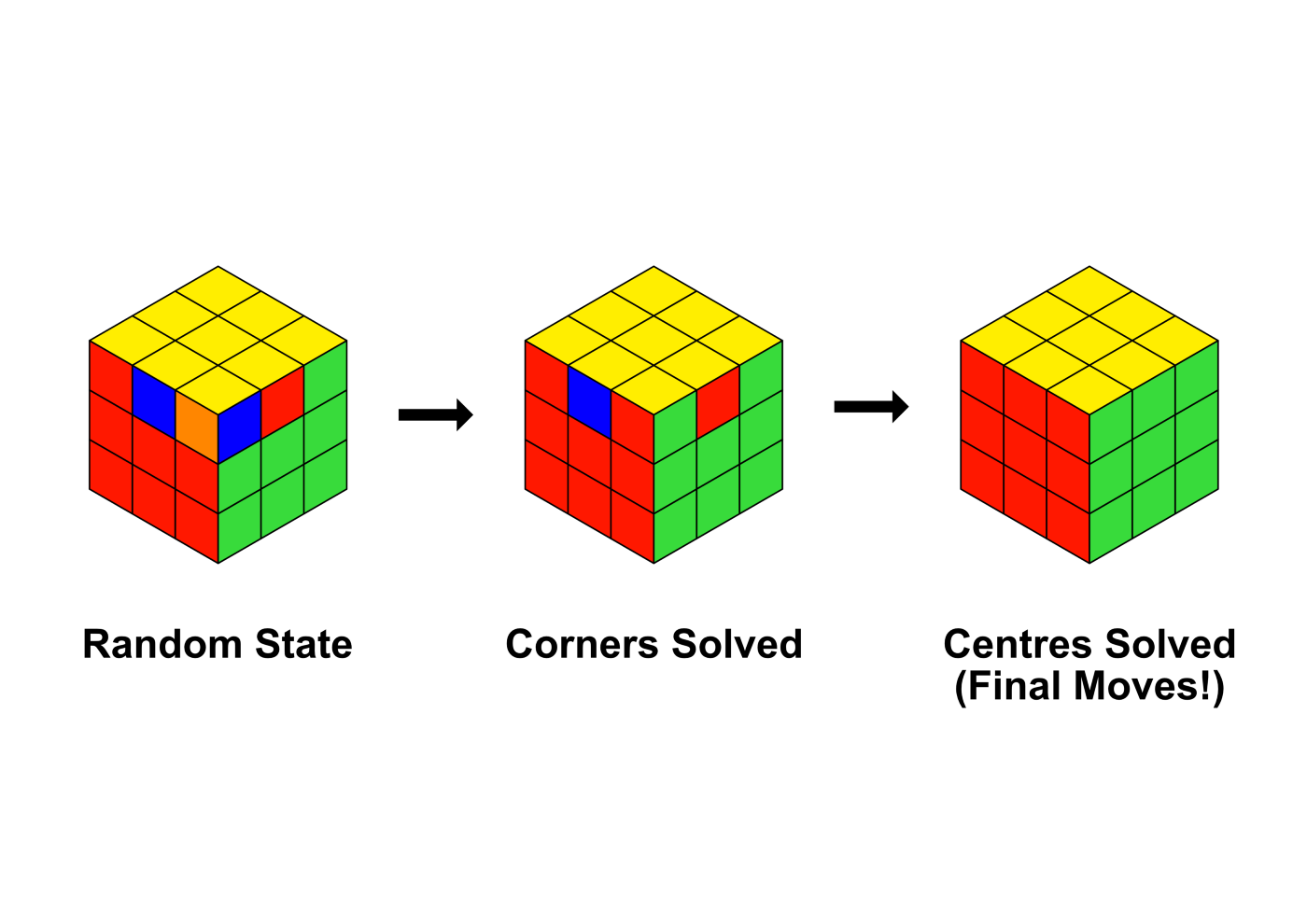
After this step, your Rubik?s cube has now been solved! As I said at the start of this piece, the cube isn?t very difficult to solve and follows a logical chain of events.
Wait, how is it possible to do all of that in 30 seconds?
Solving a Rubik?s Cube in 30 seconds is a benchmark that I have wanted to reach since I started watching videos on YouTube showing the world records being beaten. While it will take a long time to reach the sub-ten second mark that the fastest solvers are capable of, and will likely never happen as I don?t have a lot of time on my hands anymore ? the 30 second mark is a number I can say that I am happy with now that I have reached it.
To reach that the 30-second average takes a lot of practice, as well as understanding how the cube works. By holding the cube in the right position, turning the sides with the correct fingers, recognising the cases quickly and executing algorithms from muscle memory ? the 30-second mark quickly becomes possible.
On top of this, learning the 57 OLL and 21 PLL algorithms will certainly help improve your times ? though I haven?t done this yet and I believe this will help you reach the 20-second average as you can complete the stages a lot quicker.
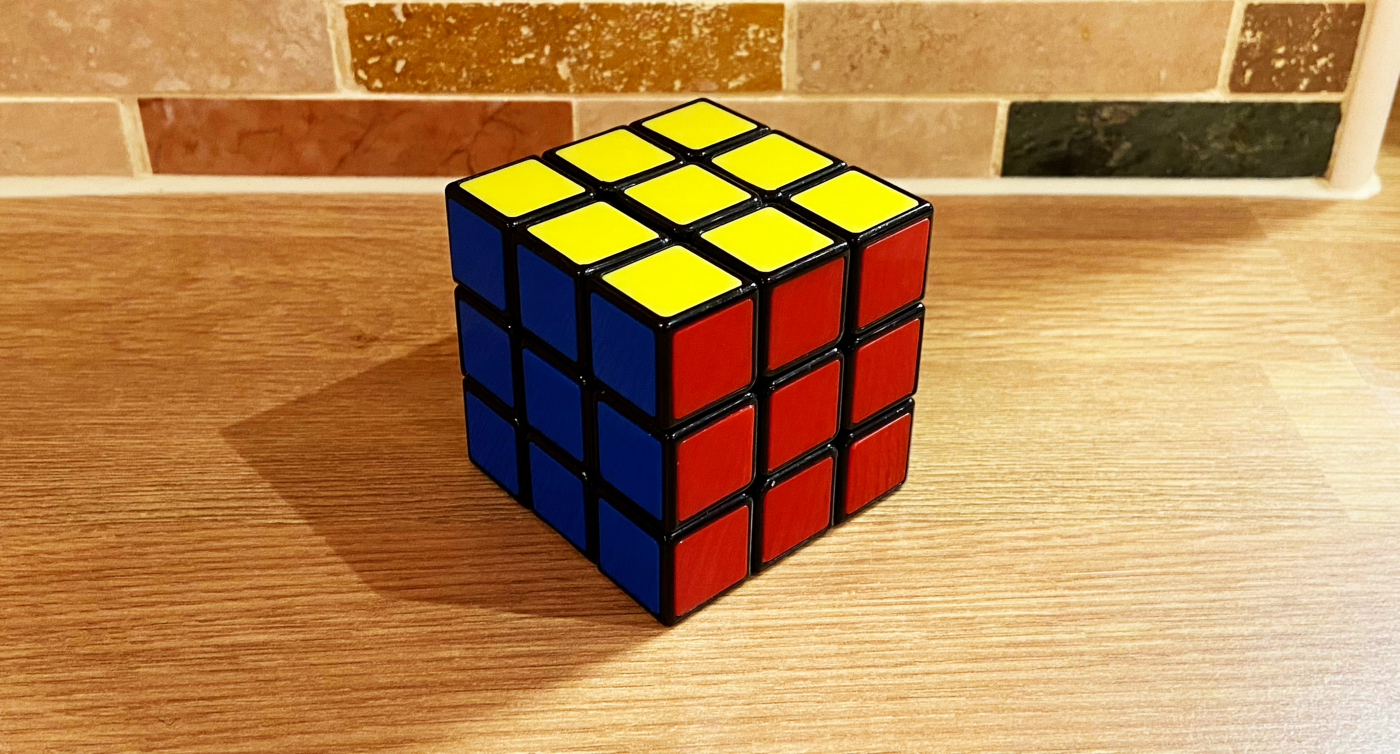
Final Thoughts
Solving the Rubik?s Cube is one of my favourite hobbies. While I certainly don?t spend as much time as I did when I was 16 trying to get faster; I still pick up a cube from time to time and enjoy messing around with it. My interest in Rubik?s Cubes has grown into a bigger enjoyment of puzzles; where I spend a little bit of my free time every now and then working out how to solve the bigger puzzles, such as the 6×6 and 7×7 cubes.
Cubing is a great hobby to get into with some great creators on YouTube and other platforms that can teach you the basics. If you enjoy puzzles, maths and brain-teasers in general; pick up a Rubik?s Cube. You won?t regret it.
Joe McCormick